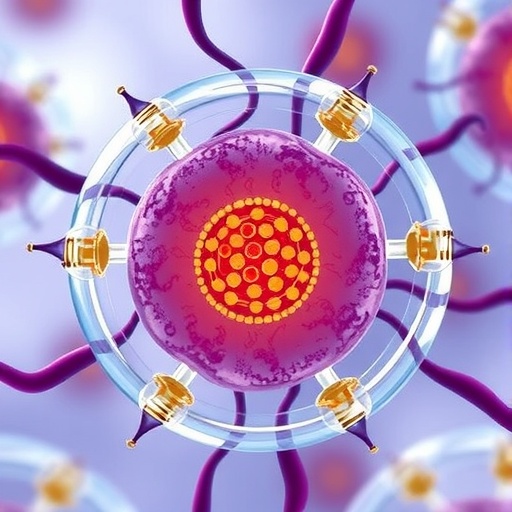
Credit: Vanderbilt University Medical Center
Many patients previously diagnosed with a penicillin allergy can have their allergy label removed after testing and safely undergo treatment with penicillin medications, according to a study published in American Journal of Respiratory and Critical Care Medicine.
Around 8-15% of the U.S. population is labeled with a penicillin allergy, but and many of these allergies are the result of viral rashes, drug-viral interactions, or non-allergic side effects. Even patients who experience a severe anaphylactic reaction appear to lose their sensitivity at a rate of 10% or more every year.
“To date, our team has removed more than 90 low-risk penicillin allergies without any patients reporting a symptomatic challenge,” said lead author Cosby A. Stone, Jr., MD, instructor in Allergy/Immunology at Vanderbilt University Medical Center.
“Around one-third of the patients whose penicillin allergies were removed have already gone on to safely use penicillin treatments in their subsequent health care when they were needed,” he said.
A false penicillin label can prohibit appropriate patient treatment through limitations that force doctors to use broader spectrum and second line antibiotics, increasing the chances of surgical site infections, greater health care utilization, treatment failure for common infections, drug resistant infections, and longer lengths of stay.
Data collected from the outpatient Drug Allergy Clinic at Vanderbilt University Medical Center was used to develop a risk-stratification tool that could identify patients with low-risk penicillin allergies in the Medical Intensive Care Unit (MICU).
Over a seven-month period, patients who were screened and identified as low-risk received an oral dose of 250mg of amoxicillin and remained under observation for an hour and a half following this challenge, without a preceding allergy skin test.
The team’s results showed that none of the low-risk patients who underwent a direct oral challenge during the study period had any symptoms of an allergic reaction when challenged, enabling their penicillin allergy label to be removed.
Directly challenging low-risk penicillin allergies with a dose of amoxicillin is expected to be a strategy that can remove up to 60% of all penicillin allergies and improve a patient’s future health care by expanding possible treatment options.
###
This research was supported by the National Institutes of Health (grant 5T32 GM007569-41), Agency for Healthcare Research and Quality (grant 1K12HS026395-01) Clinical and Translational Science
Media Contact
Craig Boerner
[email protected]
Related Journal Article
http://dx.





